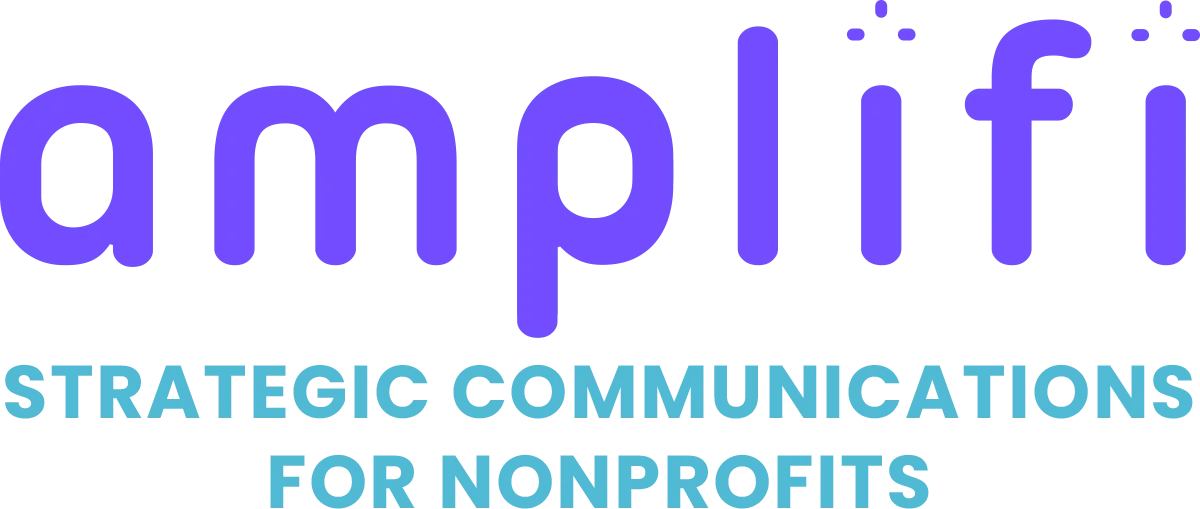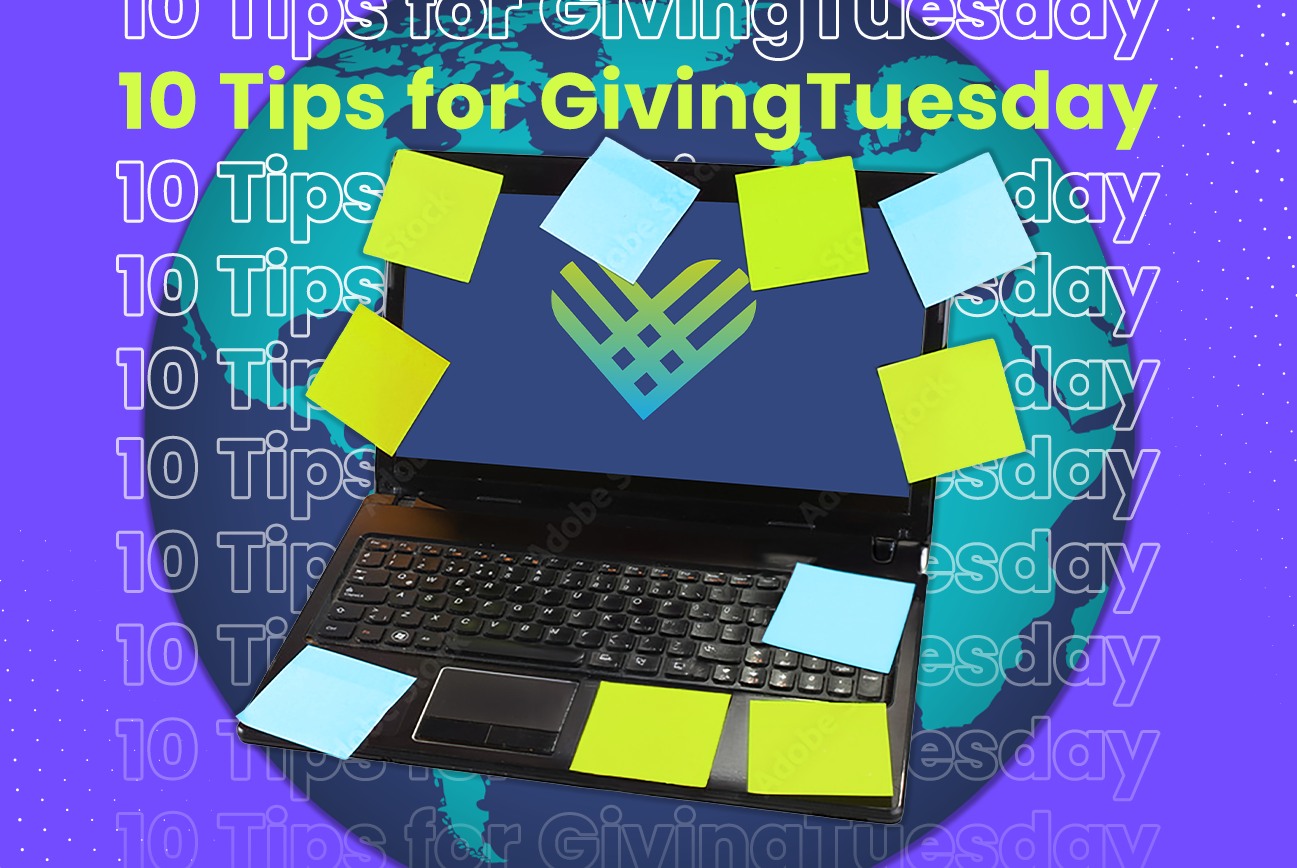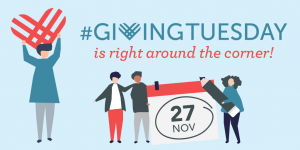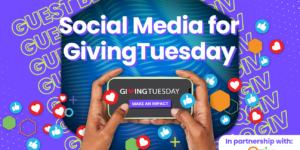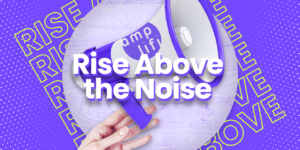The biggest day in fundraising can sneak up on you if you’re not thinking ahead. December 2 is going to come up fast. So, it’s time to prepare your GivingTuesday strategy before it’s too late.
You know GivingTuesday is a major opportunity.
After all, donors in the US gave an estimated $3.6 billion on GivingTuesday 2024. But dedicating time to building a fully developed GivingTuesday strategy between your regular appeals, internal deadlines, and everything else on your plate as a nonprofit professional isn’t easy.
The good news? You don’t need a massive campaign to make an impact on your goals this GivingTuesday. You just need a plan that works with your day-to-day reality and helps donors feel like they’re part of something bigger.
Here are 10 steps you can take now to help you make your GivingTuesday strategy more effective and a little less stressful.
1. Use the established GivingTuesday brand.
Don’t spend valuable time building your campaign from scratch. Your donors already know what GivingTuesday is. So, you don’t need to come up with an exciting new name or build a separate visual identity for your outreach.
The folks over at GivingTuesday have made it easy for you by providing a toolkit with everything you need to get started at givingtuesday.org.
When you’re done reading, click the link above to download logos, graphics, and templates that make it easy to promote GivingTuesday with your email and social content. Using the established GivingTuesday brand helps donors immediately connect the dots and gives your campaign an extra layer of credibility.
GET READY: Free resources from GivingTuesday.org.
2. Update your online donation page.
The vast majority of GivingTuesday donations come through digital channels. So, your online giving page should feel like another piece of your GivingTuesday strategy.
But that doesn’t mean building a new landing page from scratch. A simple update, like a GivingTuesday banner or headline, can tie everything together and make the experience more cohesive for donors.
And when the day’s over, you can switch it back to normal without much effort.
LEARN MORE: Let’s freshen up your online donation page.

3. Weigh the pro’s of third-party platforms.
Third-party platforms with fundraising tools like Facebook and Instagram can be great for visibility.
But you shouldn’t rely on these sources if you want to secure long-term support. Your GivingTuesday strategy should steer donors to your own website whenever possible.
This allows you to collect essential information like email addresses and giving preferences, which are critical for effective stewardship. META’s suite of fundraising tools may help secure more donations right away.
But it will be up to you to find creative ways to connect with these donors, get them to sign up for your mailing list, and build relationships that grow over time.
LEARN MORE: Is it time for a data audit?
4. Keep your donation form simple.
This isn’t the place for long mission statements or a detailed list of programs.
Once someone clicks “donate,” your goal is to make the process quick and easy.
So, stick to a clear headline, a brief explanation of a donor’s potential impact, and a few well-placed giving options. Save the storytelling for before and after the gift. If someone clicks a link to donate, they don’t need to be convinced again.
Just focus on making it as effortless as possible for them to follow through.
LEARN MORE: Is it easy to give to your nonprofit?
5. Tap into social media.
GivingTuesday has grown into what it is today because of social media. Millions of people plan to post, share, and support causes they care about.
You can create a few posts that are easy to reshare, like a donor quote, a behind-the-scenes story, or a short video from someone your organization has helped. Make it clear how people can get involved and encourage them to spread the word.
And consider using polls, countdowns, or questions in Instagram stories to boost engagement in a low-effort, high-impact way.
LEARN MORE: 10 tips for successful GivingTuesday social media.

6. Ask loyal supporters for help.
Your staff, board members, volunteers, and most loyal donors are already invested in your mission. So, you should use that to your advantage in your GivingTuesday strategy.
Invite them to serve as social ambassadors by sharing your GivingTuesday message with their own networks. You can even draft a few blurbs or sample posts they can copy and paste, making it easy to spread the word.
This small step can greatly expand your reach, especially if you’re like other fundraisers who are looking for ways to achieve more with fewer resources.
LEARN MORE: Helping GivingTuesday donors make a bigger impact.
7. Keep supporters in the loop.
Your nonprofit would not be able to see your mission through without the help of your donors. So, keep them up to date on your progress and the impact you are making with the funds you raise.
Invite your audience to celebrate your shared success as you hit specific milestones.
Of course, you will want to report if you meet or exceed your monetary goals. But several other milestones can be even more meaningful for donors.
For example, tell them how many people contributed on GivingTuesday this year. Then, thank them for helping your nonprofit reach more people with your message.
And remember, donors don’t really care if you raised $5,000 or $50,000 on GivingTuesday. The impact of that money on your mission is what matters most!
So, tell donors how you will use those funds to reach your goals and thank them for making it possible.
LEARN MORE: Fall fundraising strategies for a successful year-end.
8. Make it easy for donors to do more.
Matching a donor’s gift reinforces your nonprofit’s dedication to the cause and allows donors to double or triple their investment.
Donors love knowing they can make a bigger difference.
In fact, 84 percent say they’re more likely to give when a match is in place, according to Double the Donation. Even if you can’t offer a match, you can still build momentum by showing how their individual gift makes an impact on a larger goal.
LEARN MORE: Achieving more with less amid economic uncertainty.
9. Make it more than just a day of giving.
Your GivingTuesday campaign should fit into your larger fundraising calendar, not distract from it.
So, consider using your GivingTuesday strategy as a soft touch to warm donors up for your year-end appeal later in December. Give donors a preview of the story or theme that’s coming and get them thinking about how they can make a difference. Think of your GivingTuesday communications as the prologue of the story you’ll share in your year-end appeal.
You know GivingTuesday is mostly about small dollar donations. And these gift amounts can be the perfect way to show donors how they can help achieve more by committing to giving just $10 or $20 per month.
You can even follow up a few weeks later with a message like, “You made a difference on GivingTuesday, here’s how you can keep that going every month.”
LEARN MORE: How to promote monthly giving on GivingTuesday.

10. Set yourself up for future success.
You need to be diligent with your data so you know what changes will yield better results going forward.
So, no matter what you have planned for your GivingTuesday strategy, do yourself a favor and keep track of more than how much you raise.
This way, you can identify areas where you fall short so you can try something new next year, compare results, and adjust your strategy accordingly.
For example, try to determine how donors found their way to your online giving page. You might find your emails generate less traffic than your social campaigns. This gives you a better idea of where to focus your GivingTuesday strategy in 2026.
LEARN MORE: Building reports that actually drive change.
GivingTuesday doesn’t have to be perfect.
When you’re juggling a dozen priorities, it’s easy to look at GivingTuesday and think, “We’ll just wing it.”
But even a little planning can go a long way, especially when you focus on strategies that fit within your existing workload and help you connect with donors in a more meaningful way.
Remember, you don’t need to do it all at once, you just need to take the next best step.
